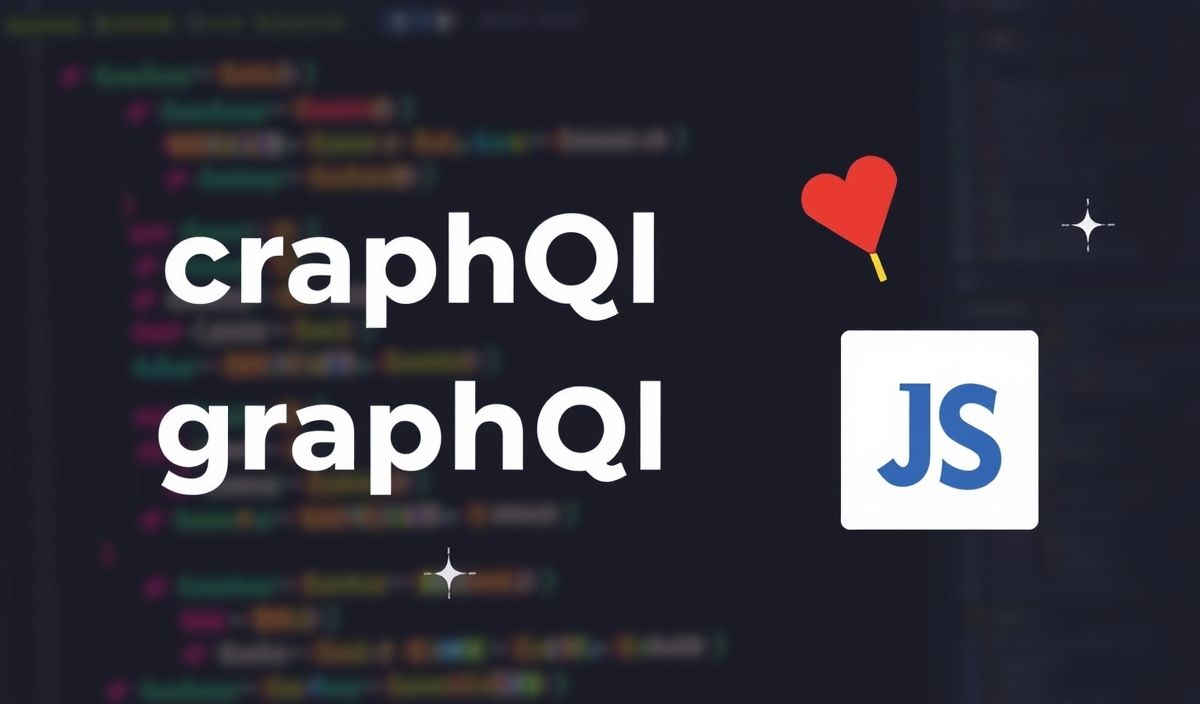Introduction to json-override
The json-override library is a powerful tool for developers that allows for easy manipulation and overriding of JSON data. This tool is particularly useful for configuring complex applications where default settings and configurations need to be adjusted dynamically. In this guide, we will explore a variety of APIs provided by the json-override library, complete with code snippets and a comprehensive app example to demonstrate real-world usage.
APIs and Code Snippets
1. override Function
The override function allows you to override the values in a JSON object with the values from another JSON object.
const defaultConfig = {
"setting1": "default value",
"setting2": "default value"
};
const userConfig = {
"setting1": "user value"
};
const finalConfig = jsonOverride.override(defaultConfig, userConfig);
console.log(finalConfig);
// Output: { "setting1": "user value", "setting2": "default value" }
2. merge Function
The merge function combines two JSON objects into one, with the properties of the second object merging into the first.
const obj1 = { "key1": "value1", "key2": "value2" };
const obj2 = { "key3": "value3", "key4": "value4" };
const mergedObj = jsonOverride.merge(obj1, obj2);
console.log(mergedObj);
// Output: { "key1": "value1", "key2": "value2", "key3": "value3", "key4": "value4" }
3. deepOverride Function
The deepOverride function performs a deep override, which means that it can handle nested JSON objects.
const defaultConfig = {
"setting1": "default value",
"nestedSetting": {
"nestedKey1": "default nested value"
}
};
const userConfig = {
"nestedSetting": {
"nestedKey1": "user nested value"
}
};
const finalConfig = jsonOverride.deepOverride(defaultConfig, userConfig);
console.log(finalConfig);
// Output: { "setting1": "default value", "nestedSetting": { "nestedKey1": "user nested value" } }
4. removeKeys Function
The removeKeys function is used to remove specific keys from a JSON object.
const jsonObj = {
"key1": "value1",
"key2": "value2",
"key3": "value3"
};
const keysToRemove = ["key2", "key3"];
const result = jsonOverride.removeKeys(jsonObj, keysToRemove);
console.log(result);
// Output: { "key1": "value1" }
5. replaceValues Function
The replaceValues function replaces the values of specific keys within a JSON object.
const jsonObj = {
"key1": "value1",
"key2": "value2"
};
const newValues = {
"key1": "new value1",
"key2": "new value2"
};
const result = jsonOverride.replaceValues(jsonObj, newValues);
console.log(result);
// Output: { "key1": "new value1", "key2": "new value2" }
Application Example
Let’s see how the json-override library can be used in a real-world scenario. Imagine you are developing an application that loads user settings from a server and merges them with default settings.
const defaultSettings = {
"theme": "light",
"notifications": {
"email": true,
"sms": false
}
};
function fetchUserSettings() {
// Simulate fetching settings from a server
return new Promise((resolve) => {
setTimeout(() => {
resolve({
"theme": "dark",
"notifications": {
"sms": true
}
});
}, 1000);
});
}
async function applySettings() {
const userSettings = await fetchUserSettings();
const finalSettings = jsonOverride.deepOverride(defaultSettings, userSettings);
console.log(finalSettings);
// Apply these settings to the application
}
applySettings();
In this example, the default settings are overridden by the user settings fetched from the server. The result is a merged configuration that is applied to the application.
Hash: 35c6d1bb0aeec7d1a775b719dd231de290593ffac40bd9b91ccea675b8525a89




